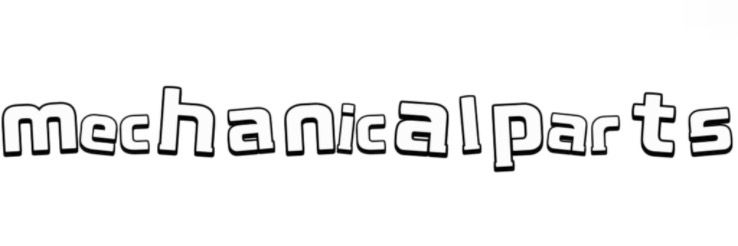How to Choose the Right Carbide Inserts?
Mar. 25, 2025
Choosing the right cutting tool can significantly impact your machining efficiency and product quality. When it comes to carbide inserts, making an informed selection can seem overwhelming due to the variety of options available. This guide aims to address common challenges and provide clarity on how to select the most suitable carbide inserts for your operations.
For more Carbide Insertsinformation, please contact us. We will provide professional answers.
Understanding the Basics of Carbide Inserts
Carbide inserts are small, replaceable cutting tools that are made from a composite of tungsten carbide and cobalt. They are essential in machining processes for their durability, hardness, and ability to maintain a sharp cutting edge. But with different grades, geometries, coatings, and shapes to choose from, how do you find the right insert for your specific application?
Identifying Material and Application Needs
The first step in selecting the appropriate carbide insert is understanding the materials you will be machining. Different grades of carbide inserts are designed for specific materials—steel, aluminum, and stainless steel, for instance, require different insert characteristics. For tough materials, opt for inserts with higher cobalt content for enhanced toughness, while softer metals may use medium-grade inserts for cost efficiency.
Assessing Insert Geometry
Insert geometry plays a crucial role in machining performance. The shape of the insert affects cutting angles and chip formation, thereby influencing surface finish and tool life. Common geometrical styles include square, round, triangular, and diamond shapes. Each geometry is suited for specific cutting tasks, such as turning, milling, or boring. For example, a round insert is ideal for finishing operations due to its strong cutting edges that promote a good surface finish.
Examining Coatings for Enhanced Performance
Coatings are another critical factor in the selection process. They enhance the wear resistance and thermal stability of carbide inserts, allowing for better performance under high-speed conditions. The choice of coating, such as TiN (Titanium Nitride), TiAlN (Titanium Aluminum Nitride), or AlTiN (Aluminum Titanium Nitride), can depend on cutting conditions and the material being worked on. For dry machining, a TiAlN coating is generally preferred as it can withstand higher temperatures without degrading.
Finding the Right Supplier
Partnering with a reputable supplier can make a significant difference in your machining outcomes. Look for manufacturers that provide detailed specifications and support regarding their products. A good supplier will offer comprehensive guidance, including recommendations on insert selections based on your operations and challenges. Customer reviews and case studies can also offer insights into the effectiveness and performance of the inserts in real-world applications.
Analyzing Cost vs. Performance
While cost is an important consideration, it should not be the sole factor in deciding on carbide inserts. Cheaper inserts may lead to lower performance and diminished tool life, resulting in higher long-term costs. Evaluating the performance and overall benefits of higher-quality inserts can improve productivity and lower machining costs over time. This might mean a greater initial investment, but the long-term gains can justify the expense.
Testing and Feedback
Once you’ve selected a few potential options, testing different types of inserts in actual machining conditions can provide valuable insights. Collect feedback based on factors like tool life, surface finish, and overall efficiency. This empirical data can assist in refining your choice, ensuring that you pick the best insert for your specific needs.
In conclusion, selecting the proper carbide inserts involves a multifaceted approach rooted in understanding your specific application requirements, the materials involved, and processing conditions. By considering these factors and collaborating with knowledgeable suppliers, you can enhance your machining operations, achieve better product quality, and ultimately improve your overall efficiency.
Are you interested in learning more about CNC Lathe Tools? Contact us today to secure an expert consultation!
134
0
0
All Comments (0)
Previous: How to Choose the Right CNC Cutting Tools
Next: Drilling Inserts vs. Traditional Bits: Which Offers Better Performance?
If you are interested in sending in a Guest Blogger Submission,welcome to write for us!


Comments